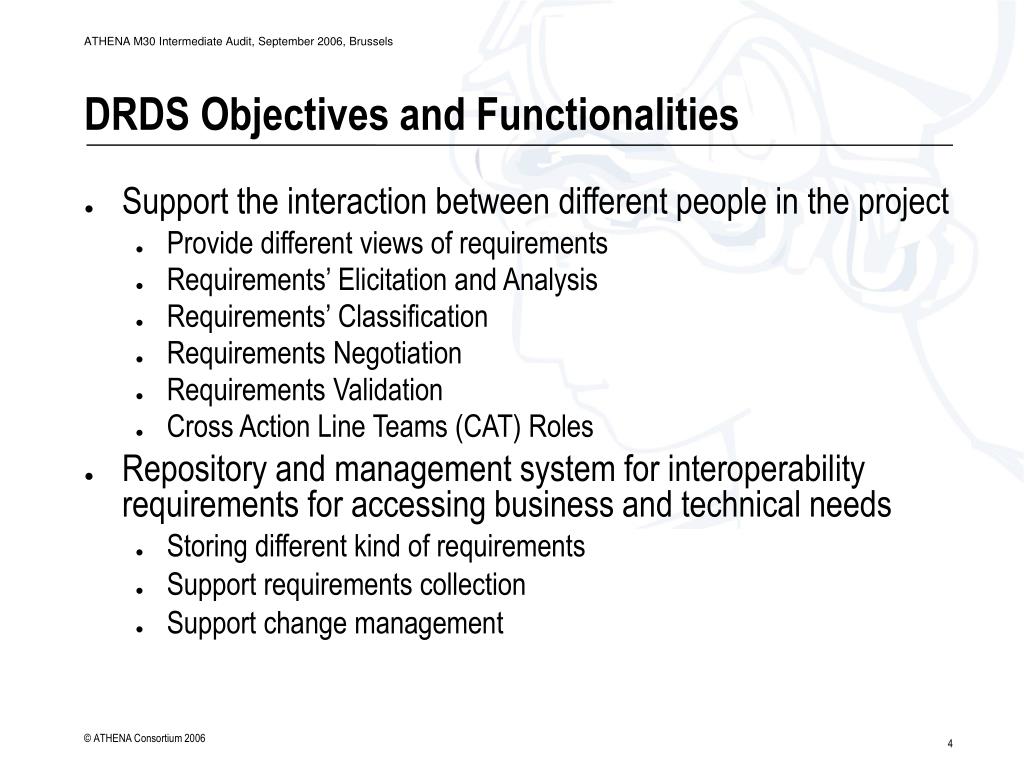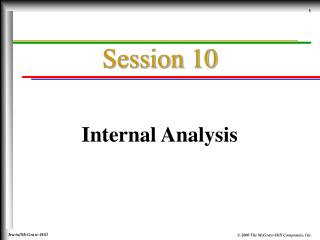
An example is the exaggerated proportions in caricatures.


Contrast – When one extreme is pitted against another.
#6.2.1 Analyse Principles Of Resource Design Software Metrics Formally#Ħ.2.1 Analyse Principles Of Resource Design Software Metrics Formally. Color – (we won’t use color in Beginning Drawing) Value/Tone – Relative lightness or darkness There are no specific rules for asymmetrical balance except that of diversity Balance – can be Symmetrical or Asymmetrical.Symmetrical = dividing a composition into two equal halves with seemingly identical elements on each side.Asymmetrical = balance based upon a visual sense of equilibrium that can be felt more than it can be measured. Repetition/Rhythm – a repeating visual element (line, shape, pattern, texture, movement) a flowing and regular occurrence. A subcategory of repetition is pattern.Pattern – any compositionally repeated element or regular repetition of a design or single shape pattern drawing sin commercial art may serve as models for commercial imitation. It can create emphasis, harmony, emotions, unity, and movement.2. Value- lightness to darkness of a color3. Intensity- brightness to dullness of a color– mixing its complimentary color can dull intensity.Texture: Quality related closely to our sense of touch. 6.3.2 Are updated project time & resource estimates reasonable based on the current project stage 5 6.3.3 Are actuals compared against estimates to analyze and correct variances 5 6.3.4 Are software metrics formally captured, analyzed and used as a basis for other project estimates 5 6.3.5 Was your agency’s estimating methodolog圓.5 Analyzing the Impact of the Solution on Students Personal Learning.It can create emphasis, movement, pattern, emotion.-Implied texture- is texture that appears to be present but it is an illusion. As a result, the design principles of a majority of workplace e-learning systems.Line: The edge of a shape or form or the direction followed by anything in motion.Principles of resource design. Learning resource design is a design of learning experience. 

The primary purpose of resource designing is to support a particular learning goal or objective or in order o address a defined challenge or problem in a particular learning environment (Beetham and Sharpe, 2013). Effective learning design is a result of productive collaboration among the content experts, learning Analyse and evaluate data and information using suitable methods. Ensure people are competent to analyse and evaluate data as needed.








 0 kommentar(er)
0 kommentar(er)
